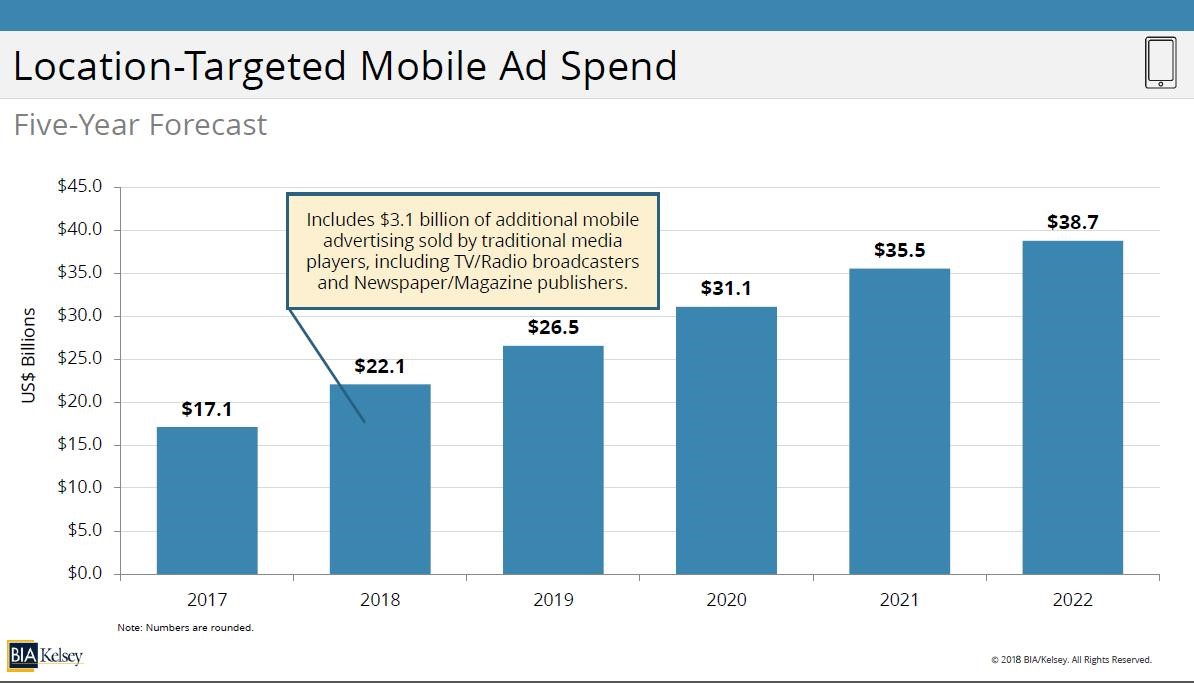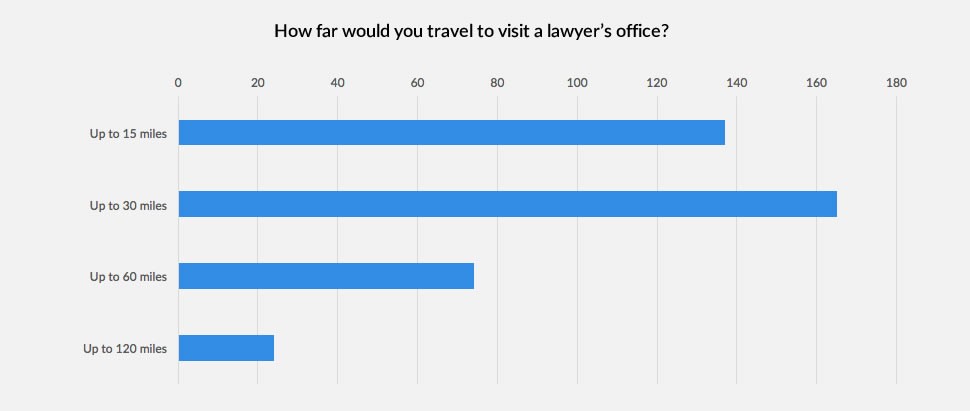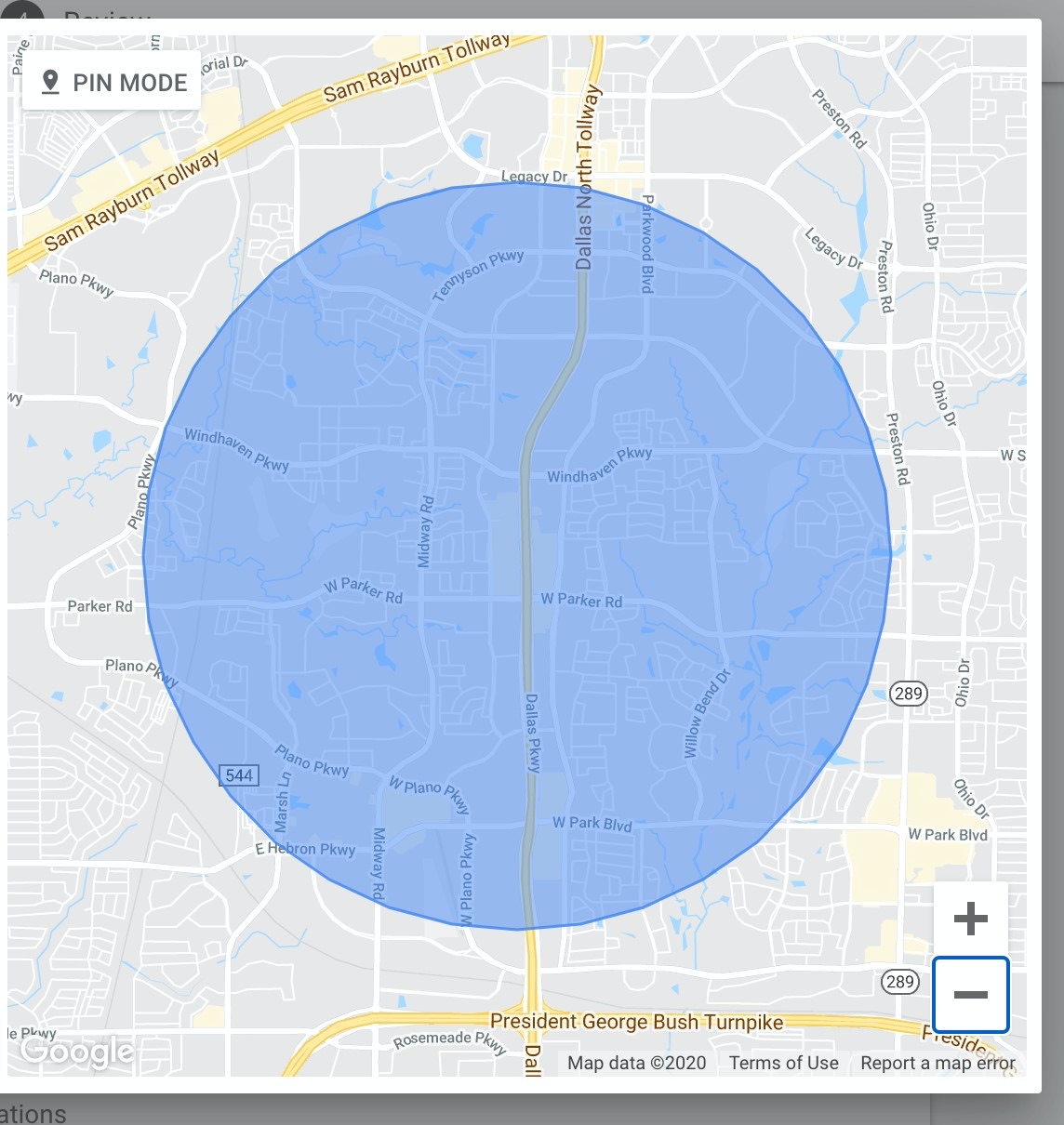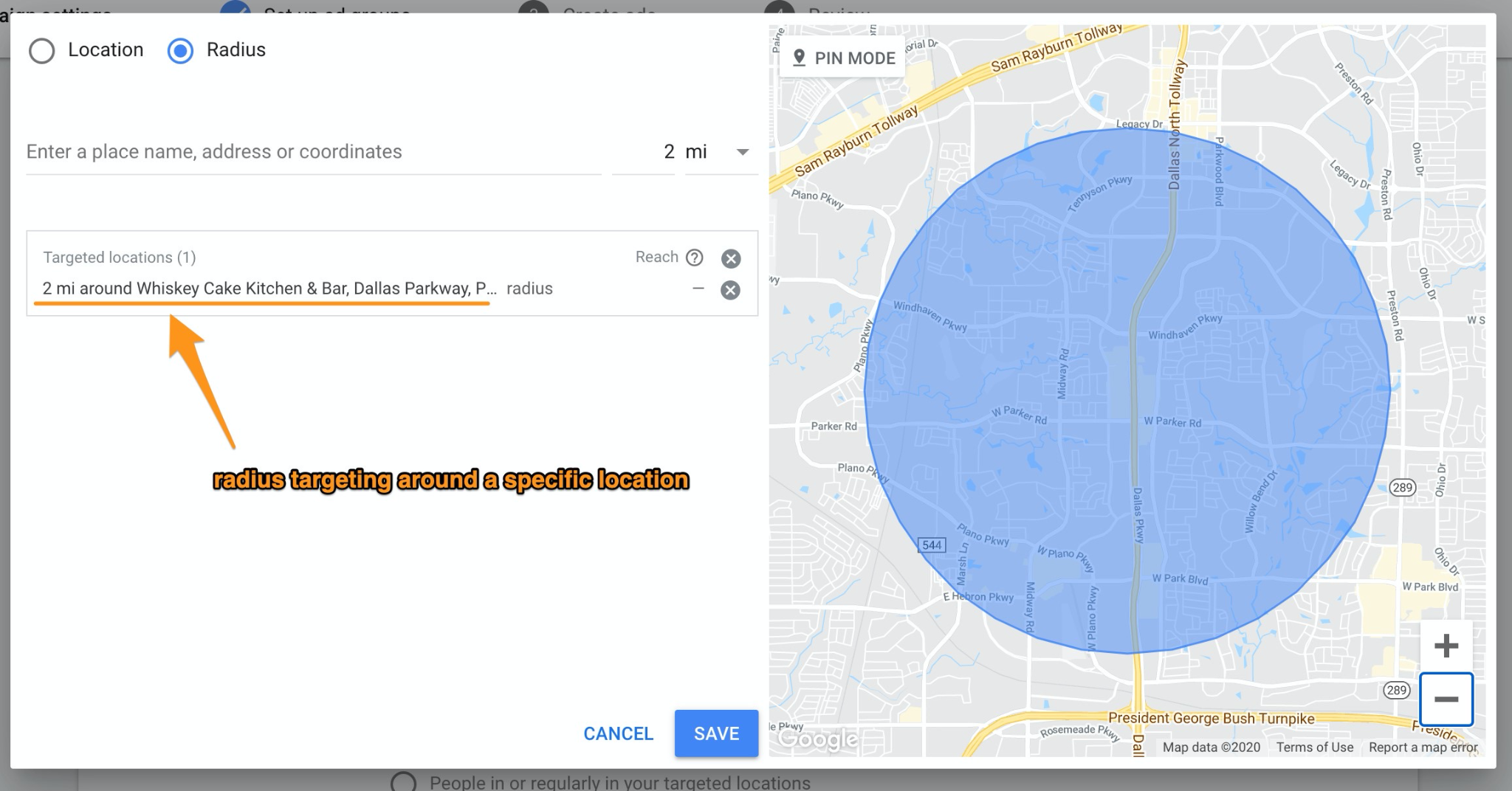How to Use Location-based Marketing for Professional Services Firms
Are you struggling to attract more clients from your immediate area? Wondering how to use location-based marketing for your professional services firm?
Isn’t it amazing? Most people who search for something nearby on their smartphones would visit the place within one day. What’s more, 28% of them will buy from the business.
Data like this only confirms that location has become one of the biggest factors in marketing. As clients, we consciously research companies near us and are ready to engage with them.
The above also suggests that you, as a professional services provider, could proactively market to people near you, and generate more business.
In this guide, you’ll learn how you could use location-based marketing to attract more leads and clients to your company.
What is Location-based Marketing?
The term – location-based marketing – refers to a marketing strategy of customizing a marketing message based on the recipient’s location.
With location-based marketing, you use the person’s mobile device’s location data to display relevant content to them. The strategy allows you to target clients at a very granular level. You can display content to people who are close to your physical location, for example. Or target someone who has arrived at a specific location.
What’s more, your messages can target customers across the entire buying cycle.
A real estate agent, for example, can use location marketing to reach customers who’re only researching particular geographic areas she operates in. Then, she could advertise her agency to those who begin browsing for content relating to properties in that area to attract those people to her offices, and so on.
Retail stores use proximity marketing to attract greater foot traffic and boost store visits. Event organizers advertise to the local population to drive more people to the event, and so on.
The applications of the strategy are practically endless, and more and more companies decide to implement location-based marketing as part of their promotional activities.
In fact, the industry predicts that the total location-targeting ad spend this year will reach $38bn!

But would the strategy work for your professional services firm?
Let’s find out.
Which Companies Benefit from Location Marketing
In general, location marketing works particularly well for any services tied to a specific location.
So, auto-dealers, companies offering seasonal services, home services, businesses in transportation and automotive industries, health and wellness, dental, and legal and financial firms would see a significant boost from the strategy.
These companies look for customers in their immediate area, after all. For some, like law firms, for example, the distance between a customer and the firm’s office is even one of the key criteria for selecting such a business.

However, location-based marketing strategy isn’t an ideal strategy for products or services that are available anywhere. If customers can purchase a product or service from multiple outlets, then, there really is no point in trying to attract them to one location in particular.
Similarly, companies that collect and process sensitive data about their customers might not be able to use it to target potential customers based on location. For some, like healthcare providers, using personal data in marketing might be a serious breach of privacy.
Why Use Location-based Marketing? Benefits of Targeting Customers by Location
There are certain universal benefits of location-based marketing campaigns:
- Increase in advertising relevancy and generating greater demand.
- Getting more leads from mobile devices.
- Driving business away from the competition.
However, our customers – professional services firms – launch location marketing campaigns to:
1. Get Found
Today, practically all customer experiences begin with a search. We help increase our clients’ visibility when prospective customers near them are ready to buy.
We position them in Google Maps and organic search results and boost their presence in social searches.
2. Be Chosen
Location-based marketing puts a huge emphasis on brand representation. As a result, marketing collateral like reviews, current offers, relevant information, authority building as well as great photos, and an easy conversion process all play a critical role in ensuring that customers select one company to another.
We use those strategies as well when helping clients to become the obvious choice for their customers. We do this by creating a standout digital presence for every location they operate in.
In principle, the above happens because we clearly communicate the problems our customers solve for their clients and present them with strong photos, videos, and relevant information.
On top of that, we make it easy for the searcher to learn more about the business and get started. We also encourage them to do so by mitigating risk with a guarantee, social proof, reviews, case studies, and professional organizations’ memberships.
3. Drive Loyalty
Finally, location strategies boost our clients’ growth by delivering an exceptional experience that gets people talking, buying, and returning for more.
Types of Location-based Marketing
So far, we’ve been discussing location marketing as a unified concept. However, there are several ways to implement the strategy in your marketing.
Geotargeting
This method determines the person’s location based on their IP address and serves them personalized messages based on that location.
As a matter of fact, that’s the method Google Search uses to deliver localized services to users. The search engine verifies the location of the search based on the device’s IP address, and serves relevant information to that location, if applicable.
For example, here’s a sample radius set up in Google Ads.

Because of it, only potential customers who are within that specific radius will see those ads.
TIP: Google Ads offers a whole range of options to geotarget customers:
- Target by Country. You can advertise to people within a specific country.
- Specific area of a country. These ads would focus on customers in specific areas like particular states, cities, zip codes, or areas of a city or a town.
- The radius of a location. Finally, you can also specify a radius around a specific area and trigger your ads at customers in that location.
What’s more, when running geotargeted ads, you can combine the above criteria and target multiple locations simultaneously.

(Geotargeting settings in Google Ads)
Geofencing
Geofencing focuses on selecting a boundary within a specific area, like a radius from a physical location. When potential customers enter the perimeter, they may receive push notifications and other messages.
Retail stores often use this location marketing strategy to encourage customers within their stores’ proximity to step inside.
Beaconing
Beaconing is quite a complex strategy that requires users to opt-in, and typically, download the company’s app. Then, the company can place beacons in strategic locations and send customers notifications and advertising as they come within a range of a beacon.
Large retail stores might place beacons in various aisles. Customers who have the shop’s app installed on their mobile devices may then see various promotions as they pass by those beacons.
Mobile Targeting
This strategy on the other hand displays advertising to customers based on their device’s location. Many social media platforms use mobile targeting to increase the relevancy of their advertising strategies.
Geo-conquesting
Finally, geo-conquesting aims to use location data to drive customers away from the competition. To do this, companies set up target location boundaries (just like they would when geofencing). However, with this strategy, those boundaries would relate to the competitor premises. Any customers entering the boundary would receive offers to encourage them to visit the company’s premises instead.
How to Use Location-based Marketing?
A side note: I need to clarify something before we discuss the many applications of location marketing. You see, not all of the strategies you’ll learn about below will work for every professional service provider. While some might work incredibly well for your business, they might not help attract customers to another type of professional services firm.
#1. Targeting customers in a specific location
This is by far the most common use case for location-based marketing. It focuses on displaying marketing messages to users who are in a specific location. In most cases, this method helps stores increase foot traffic.
However, there are ways to use it to promote a professional service firm as well.
You can use that method to promote your firm to customers who, by their actions, signify that they might need your service.
For example:
- A law firm could promote its services to people currently in a hospital. Similarly, anyone entering a family court might need a lawyer.
- A car dealer could advertise to customers entering a body shop. These people might need a new car, after all.
- People visiting an optometrist may also be in the market for Lasik.
- Gym goers might be in the market for health food /protein shake place around the corner, and so on.
The key to implementing this strategy is in predicting what customer actions might suggest that they could need your services. Then, you need to match those actions to specific locations and use those in your location marketing.
#2. Reaching customers near your competitors’ locations
In this strategy, instead of targeting locations related to specific actions, you focus on people who either are or are about to go to your competitor’s location.
You can select a radius around a competitor or target their specific location, and advertise your firm to potential customers in the area.
A kitchen manufacturer could advertise to customers entering a competitors’ showroom, for example.
A dentist could promote their offers to people entering another dental clinic, and so on.
#3. Focusing on customers within the proximity of your office
I have to be upfront – This strategy might be the most difficult to use for a professional services firm. The reason is that it works particularly well for impulse purchases, rather than as part of a longer buying cycle.
Coffee shops often use it to advertise lunch or coffee promotions. Retail stores attract foot traffic this way too.
However, some firms might be able to use this strategy to drive greater brand awareness, particularly, if their offers relate to location.
Location-based Marketing and Data Privacy Concerns
Great as location marketing is, the strategy raises data privacy concerns. In fact, more than half of companies interested in implementing it admit to being wary of data privacy issues.
I understand their concerns. There is a fine line between using personal data to provide value and pure trespassing. In location marketing, your messages can, at times, interrupt customers.
And many don’t see it lightly.
But there are also ways to minimize those risks. Many location-based strategies require customers to opt-in and agree to receive those messages. Almost every business mobile app gives them the option to stop those messages as well.
Many location marketing platforms anonymize data. This means that the information they store isn’t tied to any specific person. Even in a case of a cyberattack, the data cannot be attributed to anyone, really.
Finally, many professional bodies regulate how personal data is used and stored for location-based marketing purposes.
Are you considering launching a location-based strategy for your firm? Need advice on how to ensure its success? Schedule a free consultation with us. We’ll be delighted to answer your questions.
Located At
2121 W Spring Creek Pkwy
Plano, TX 75023
Start Your Free Website Audit
© 2025 Envoca - Digital Marketing & Local SEO Agency. All Rights Reserved